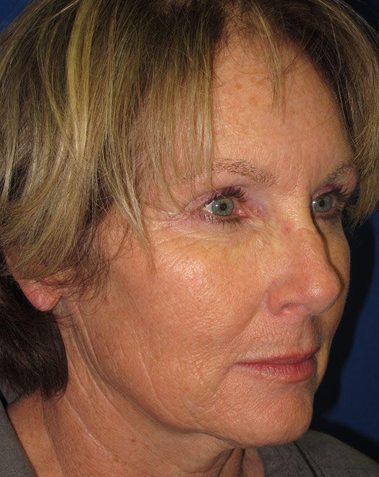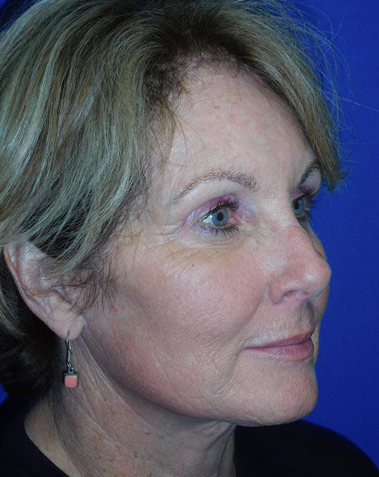Mini Facelift
Aging, sun damage, smoking, stress, facial fat loss, ligament stretching, gravity, and genetics all impact how our face and neck change over time. Mini facelifts are popular, less invasive cosmetic procedures that help patients rejuvenate the appearance of their face and neck and reverse signs of aging.
Mini facelifts treat:
Poor mini facelifts and nonsurgical lifts look overly stretched, distorted, and overfilled. At Plastic Surgeons of Northern Arizona, we aim to achieve noticeable and high-quality, permanent, harmonized, and balanced mini facelift results. Our goal is to make you look better, not different.
What to Expect
Mini facelifts address tissue sagging and excess skin in the lower third of the face, chin, and neck. Full facelifts, by contrast, focus on the bottom two-thirds of the face and neck. Patients who want to reduce wrinkles and excess skin in their entire face and neck will often combine a full facelift, a brow lift, and potentially eyelid surgery. Another key difference between mini facelifts and full facelifts is sedation. Mini facelifts can be performed under local anesthesia, whereas full facelifts require IV sedation or general anesthesia.
Before your mini facelift, we’ll meet to discuss your desired goals, medical history, and procedural approaches based on your unique anatomy. We’ll take photographs and measurements, and will recommend a personalized treatment based on your surgical goals. During this consultation, we’ll also address any questions you have about the procedure itself, potential risks or complications, sedation, recovery, and aftercare.
The entire procedure can be done under local anesthetic to numb the area, which means you won’t need general anesthesia or IV sedation. During the procedure, we’ll make a small incision in the natural contour along the ear from the front of the ear to the back. Through this incision, we’ll remove or redistribute skin and tissue to define the jawline and neck. Finally, we’ll close the skin with sutures.
Mini facelift recovery is generally quicker than a full facelift. Everyone heals at their own pace, but our mini facelift patients typically feel ready to return to work and normal activities within two weeks. Some bruising and swelling are normal and should be expected directly following surgery.
Medical Review: This procedural information has been medically reviewed by plastic and reconstructive surgeon, Brian A. Cripe, M.D.
Mini Facelift FAQs
Book Your Mini Facelift Appointment
Our experienced, board-certified plastic surgeons would love to bring you in for a consultation to discuss your goals and treatment options. Fill out this form to receive a call-back shortly, or give us a call at 928-774-2300.





